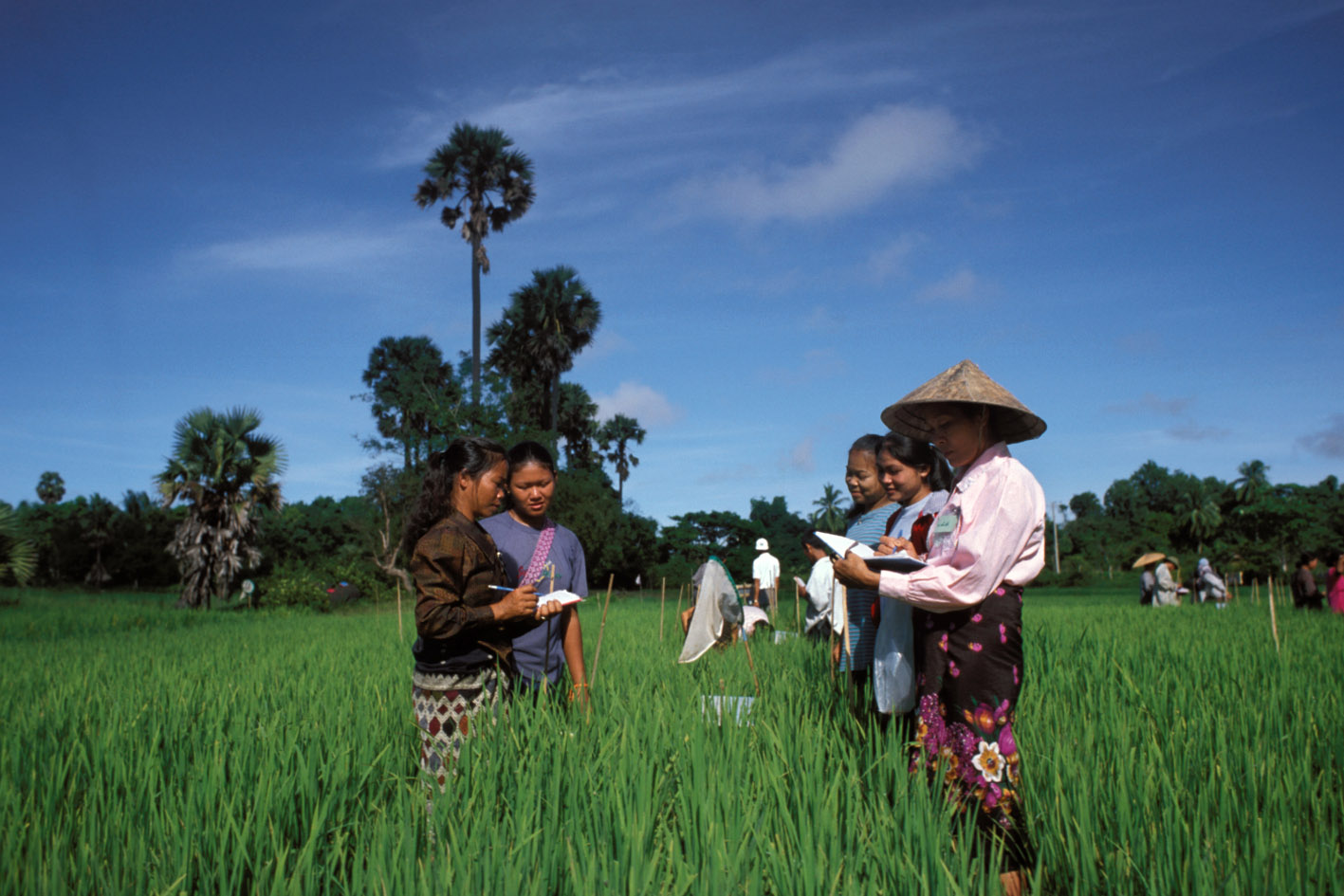| Author(s) |
National Institute of Statistics of Rwanda |
| Date |
2016-03-01 |
| Country |
Rwanda |
| Publisher(s) |
National Institute of Statistics of Rwanda |
| Description |
This report presents and discusses key results from the EICV4 in the areas of demographic characteristics, migration, health, education, the characteristics of households and dwellings in Rwanda, economic activity patterns, agriculture, environmental issues and households' access to credits and savings. It also includes selected results in the area of social protection, drawing on the thematic report about Social Protection that has been prepared in parallel to the work on the main indicators. |
| Table of contents |
Table of contents
Foreword i
Acknowledgements iii
Methodological notes v
Executive summary vii
Table of contents xiii
List of figures xv
List of tables xvii
List of abbreviations xxiii
1 Demography 1
2 Migration 13
3 Health 23
3.1 Disability 23
3.2 Access to and use of health services 26
4 Education 33
4.1 Access to education 33
4.2 Literacy 44
4.3 User satisfaction and facilities 48
5 Housing characteristics and access to services and facilities 51
5.1 Housing characteristics 51
5.2 Access to services, infrastructure and amenities 62
5.3 Ownership of durables 81
6 Economic activity 83
6.1 Usual economic activity 83
6.1.1 Usual economic activity status 83
6.1.2 Multiplicity of usual jobs 86
6.1.3 The main usual employment of the workforce 89
6.1.4 Occupation group and industry of main usual jobs 94
6.2 Current economic activity 97
6.2.1 Current economic activity status 97
6.2.2 Current unemployment rates 100
6.2.3 The main current employment of the workforce 101
7 Agriculture 103
7.1 Raising livestock 104
7.2 Land ownership and transactions 106
7.3 Erosion protection, irrigation, regionalisation and consolidation programmes 107
7.4 Crop production and sales 111
7.5 Input and equipment use for agricultural production 121
7.6 Agricultural processing and sale of processed agricultural products 123
8 Environment 127
8.1 Waste management 127
8.2 Environmental information 128
8.3 Exposure to environmental destruction 131
9 Credits, savings and transfers 133
9.1 Credit 133
9.2 Savings 138
9.3 Transfers 139
10 Social protection 145
10.1 Perceptions of vulnerability 145
10.2 Differences in well-being by characteristic of household head 146
10.2.1 Who is participating in the VUP? 147
10.3 Demographic characteristics of current VUP beneficiaries 147
10.4 Other public income support programmes 148
11 Poverty 149
11.1 Introduction 149
References 153
Annex A 95% Confidence Intervals for selected indicators, EICV4 and EICV3 155
A1. Demography 155
A2. Migration 156
A3. Health 159
A4. Education 160
A5. Housing characteristics 163
A6. Economic Activity 170
A7. Agriculture 172
A8. Credits, savings and transfers 174
Annex B Standard errors and design effects for selected indicators, EICV4 175
B1. Demography 175
B2. Migration 176
B3. Health 177
B4. Education 178
B5. Housing characteristics 181
B6. Economic Activity 186
B7. Agriculture 189
B8. Credits, savings and transfers 191
Annex C Standard errors and design effects for selected indicators, EICV3 192
C1. Demography 192
C2. Migration 193
C3. Health 194
C4. Education 196
C5. Housing characteristics 199
C6. Economic Activity 205
C7. Agriculture 207
C8. Credits, savings and transfers 209 |
| Download |
https://microdata.fao.org/index.php/catalog/1836/download/9290 |
